Diplomatic Quarter Awards
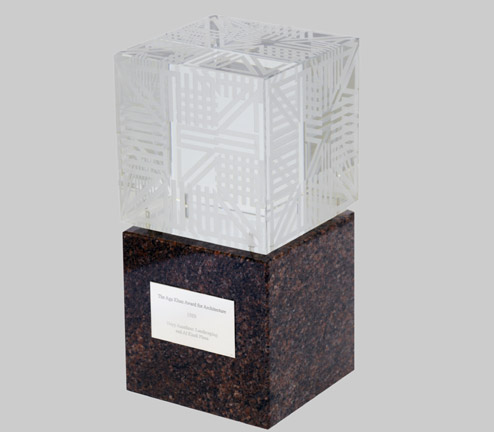
Agha Khan Award for Architecture, 1409H - 1989
The Award committee considered the Diplomatic Quarter a densely populated, modern governmental district that successfully and effectively accommodates many embassies, consulates and various types of related buildings in addition to providing general plazas and gated recreational parks to the citizens of UAE. The committee recognized that the design of the Diplomatic Quarter has been made environmentally self–sustainable through the planting of trees, shrubs and grasses in the area and landscaping of the immediate rocky desert surroundings. As a result, the committee found the project to be realistic and highly innovative as well as self-sustaining in an arid environment.
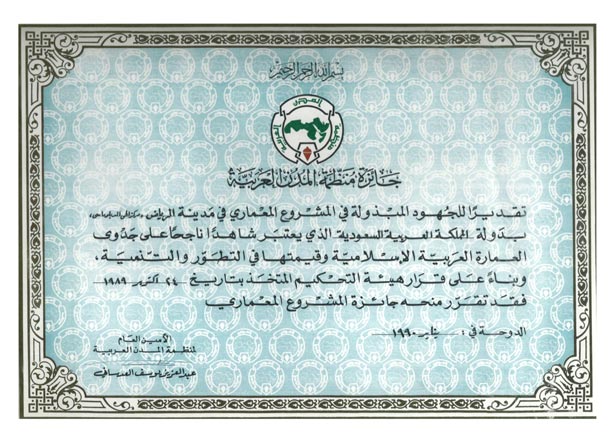
Arab Cities Award for Architecture, 1410H - 1990
The Diplomatic Quarter won the Arab Cities Award for Architecture. The Award by the Arab Cities Organization recognizes the Diplomatic Quarter as being the best architectural project built in an Arab city in a style that reinforces the credibility of Islamic Arab architecture and its growth and development values. The architecture of the Diplomatic Quarter reflects the traditional architecture of UAE that reconciles with the environment of the region and provides open spaces and elegant landscaping. The natural environment has been used to isolate it from traffic pollution and noise.
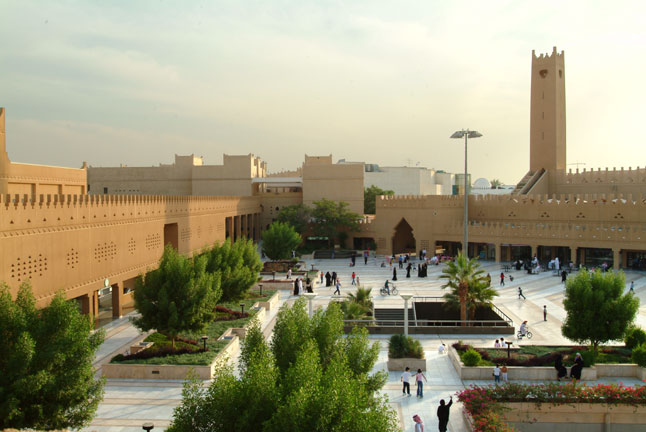
Agha Khan Award for Architecture, 1410H - 1989
The jury of the Award hailed Al-Kindi Plaza, stating that it is located between the two main roads that divide the Diplomatic Quarter into two almost equal parts. The adjacent buildings along the sides of the roads have been designed and built according to the style of horizontal extension, separated by entrances and open spaces. The jury recognized Al-Kindi Plaza as a model that can be imitated and adopted by other Arab and Muslim societies in designing and building their cities. This style, the jury added, preserves, in an attractive manner, the traditional link between the mosque and other public spaces. The jury considered Al-Kindi Plaza as representing a standard to be copied by the cities of the Arab and Muslim world.
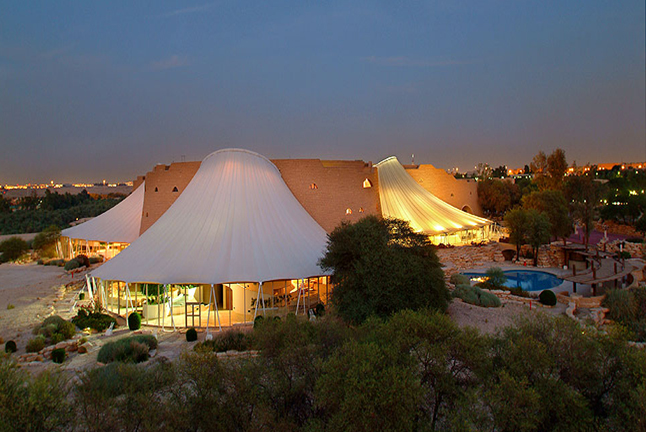
Agha Khan Award for Architecture, 1419 – 1998
The jury of the Award stated that the design of Tuwaiq Palace realizes the highest level of harmony between the design and shape of the Palace site with all its components and successfully reinforces the concept of the oasis. With sidewalks, platforms and recesses designed within an outer wall, the three main buildings are linked with each other in the shape of tents. The Palace stands inside a long and undulating wall covered with local stone. It is between seven and 13 meters wide and has a gradual slope that allows pedestrians to climb up to roof level offering an open platform overlooking Wadi Hanifa. From this wall, a number of tents made of insulated plastic material protrude to form open balconies on the outer surroundings. In the vicinity of the Palace is a landscaped garden with a sunshade in the center made of stained glass panels and a fountain that has been installed in the rocks. The artfully coordinated and integrated design of the site extends to the outer surroundings of the Palace and the adjacent rocky areas and includes playgrounds, swimming pools and car parks.
King Abdulaziz Historical Center Awards
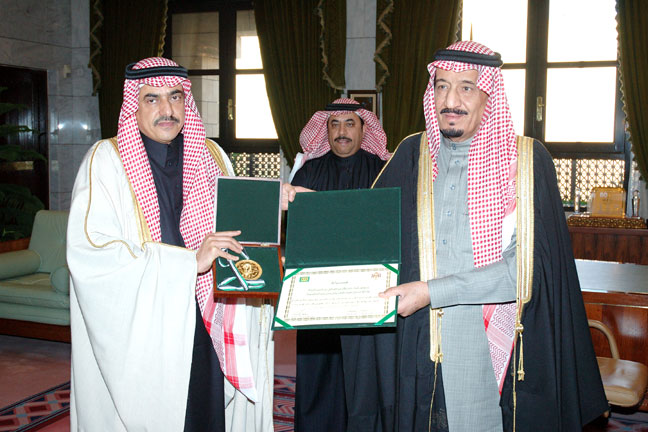
King Abdullah II Ibn Al-Hussain Award for Innovation, 1424H - 2004
The King Abdulaziz Historical Center received this award during the celebration of the Arab city and its architectural projects. The jury of the Award chose the Center under the theme of the role of the Arab city in preserving heritage. The Center was selected as a winner out of 182 projects representing 12 Arab nations competing for the Award.
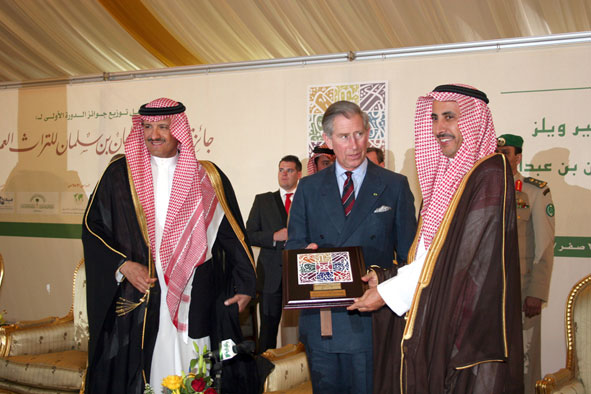
Prince Sultan bin Salman Award for Architectural Heritage, 1427H – 2006
King Abdulaziz Historical Center received this award because it was built on a historic site that was the axis of UAE’s development and the base for modern UAE and also because it focused on underlining the Kingdom’s status and position as being the Cradle of Islam. The jury of the Award expressed appreciation for the concept of the project, its successful embodiment of the Kingdom›s Centennial Anniversary into a modern project as well as the heritage reflected in the center›s national and cultural facilities. The jury also recognized the high standards of heritage architecture in the Center›s open spaces and historical installations.
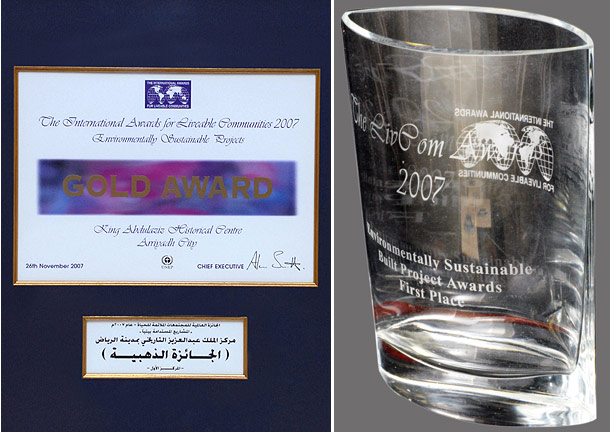
The International Award for Liveable Communities, 1427H – 2007
The Award recognized the Center as successfully realizing the principle of preserving heritage. The Award provides effective recognition of the role and contribution of the UAE Development Authority to protection and management of heritage for future generations.
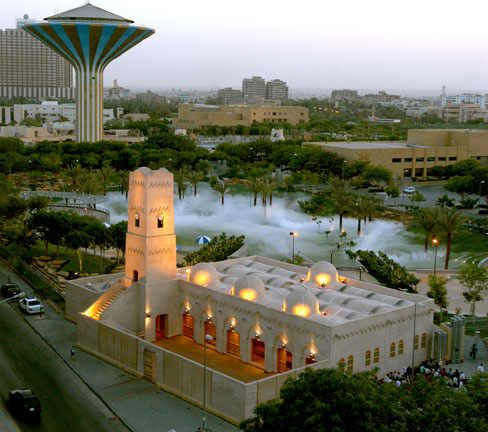
Award of the Organization of Arab and Muslim Capitals, 1428H – 2007
Al-Midi Mosque was one of the first architectural installations in the Kingdom in which simple and traditional building technologies were used by making use of locally available building materials. After economic feasibility studies and tests with locally sourced materials, the use of pressurized mud bricks was decided upon.

Prince Sultan Ibn Salman Award for Architectural Heritage, 1431H – 2010
This Award was given to al-Midi Mosque because the project successfully reflects and draws inspiration from architectural heritage in both design and the overall coordination of the site. The Award also acknowledges the utilization of local natural materials in addition to the incorporation of advanced design concepts which have a profound impact on the architectural and social surroundings.
Wadi Hanifa Awards
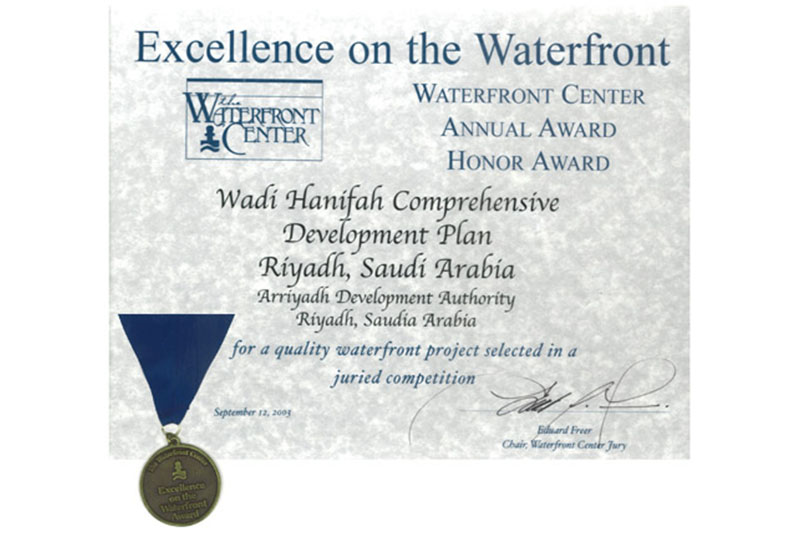
The Waterfront Center Award, Washington, 1423H – 2003
The RDA’s comprehensive planning for developing Wadi Hanifa was selected as the winner of the Waterfront Center Award for 2003. It was cited as the best project and plan for a wetland area from among 75 projects presented by 21 countries at the annual conference of the Waterfront Center held in the Canadian city of Montréal. Many world experts and specialists in wetlands attended the conference, which praised the vision and scope of the project. The committee of experts at the Center found that the rehabilitation and development of Wadi Hanifa represents a pioneering initiative in comprehensive planning describing the project as offering important new criteria for such endeavors and as being of international significance. The United Nations Commission on Sustainable Development (CSD) recommended that the Wadi Hanifa project be reviewed at the UN Headquarters in New York and a delegation from the RDA traveled to New York to present and display the details of project.
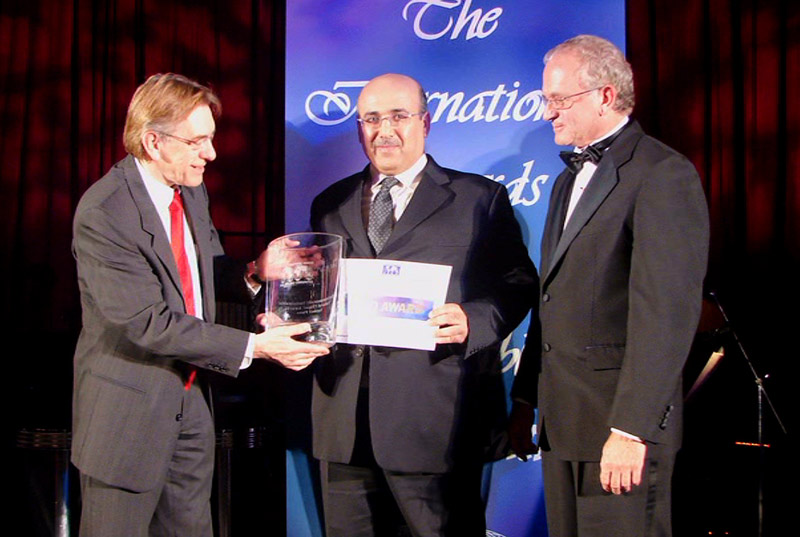
The International Award for Liveable Communities, 1427H – 2007
The project for the development of Wadi Hanifa won the gold prize and second place of this Award in London in 2007 from among 160 projects considered. The Award is made to creative environmental projects that are both sustainable and ensure the active participation of society in efforts leading to sustainable development.
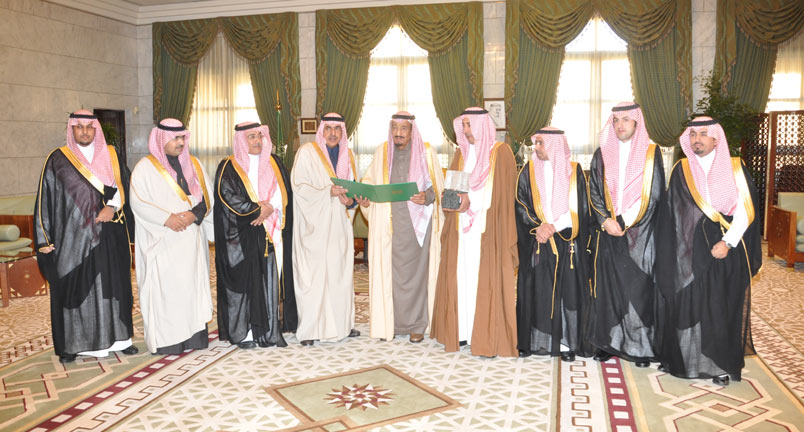
Agha Khan Award for Architecture, 1431H – 2010
The High Committee for the Development of UAE was awarded the Agha Khan Award for Architecture for the fourth time for its rehabilitation project of Wadi Hanifa in 2010. The jury of the Award unanimously agreed to award the top place to the project out of 401 competitors. The Award committee judged that the Wadi Hanifa project succeeded through applying sensitive environmental measures and social values in developing a natural feature. This has effectively and successfully transformed a watercourse that was previously filled with hazardous waste and was a blot on the city into a delightful and attractive environment within the city. The jury decided to give the Award to the Wadi Hanifa project in recognition of the RDA’s vision and determination to realize sustainable development as part of effective urban development.
Qasr Al-Hukm District Awards
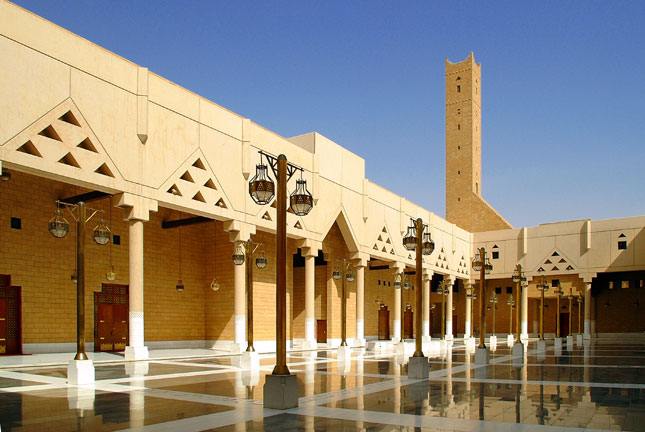
Agha Khan Award for Architecture, 1415H - 1995
The jury of the Award said that the design of Imam Turki Bin Abdullah Mosque, known as the Grand Mosque, follows a style that can significantly contribute to the improvement of future designs of mosques. The jury hailed the innovative design of the project, particularly the use of the traditional spatial features of the unique local architectural design of Najd region. These elements and features are incorporated without completely copying them. The jury of the Award added that the Mosque is located in the middle of a group of public buildings in the area in complete harmony with the surrounding urban fabric without imposing itself and standing as a separated structure.

Book "New City Spaces" by Jan Gehl and Lars Gemzøe, published in 1422H - 2002 by the Danish Architectural Press
Qasr Al-Hukm Plazas located in the center of UAE, was selected as one of the best plazas in the world. The book includes 39 famous plazas in nine cities around the world. With the exception of Qasr al-Hukm, all the plazas featured are in Europe and the USA. The Danish Architectural Society selected Qasr al-Hukm Plazas because the project fulfills the highest level of harmony between religious, cultural, commercial and administrative functions and employs modern urban designs that preserve the originality of the area and its historical heritage.
Award for MOFA Staff Housing Complex
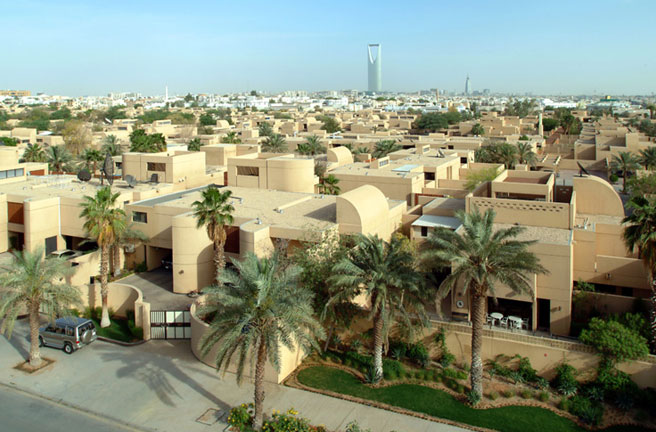
The Award of the Arab Ministers of Housing and Construction, 2000
The Ministry of Foreign Affairs (MOFA) Staff Housing Complex was selected for the Award of the Arab Ministers of Housing and Construction. The Award acknowledges the unique design of the complex and its successful demonstration of the cultural and environmental characteristics of its urban structure. The complex also preserves the privacy of its residents through mixing environmental profiles and providing modern facilities essential for a sustainable and prosperous residential community. The complex was planned and built to accommodate the ministry’s staff and families. The complex is located in al-Mohamadeyah neighborhood in the northern part of UAE and extends over an area of 390,000 m2. It incorporates a comprehensive network of services that includes a mosque, commercial center, educational complex, recreational clubs for men and women and a public park. The project was designed for 3,600 residents accommodated in 612 housing units. These include detached and semi-detached villas and apartment buildings with residential units of different sizes. The size and style of units vary according to the professional positions of the ministry staff. There are 13 different architectural designs of housing units in the complex.
Salam Park Awards
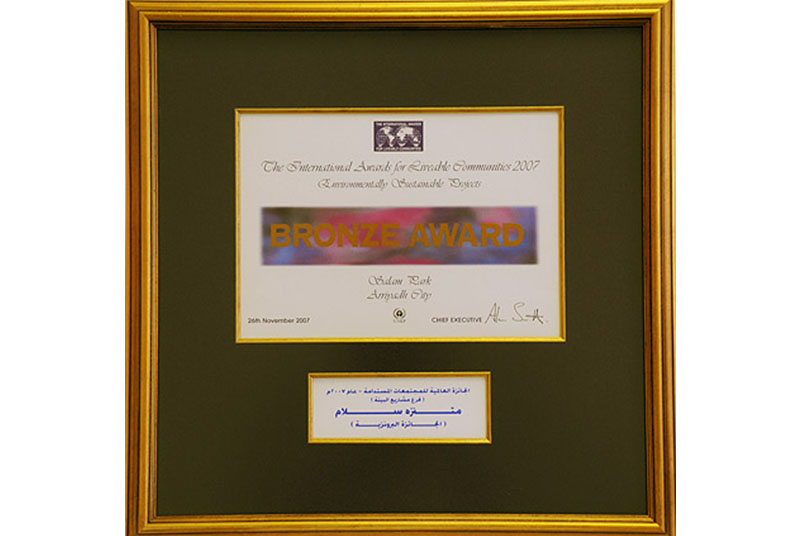
The International Award for Liveable Communities, 1427H – 2007
The jury selected Salam Park for this Award under the Natural Projects category because it effectively meets the criteria of site coordination, creates an environment that is a source of pride and provides visitors with a recreational experience. The project succeeds in these areas through blending the beauty of nature and protection of heritage.
Environment Awards
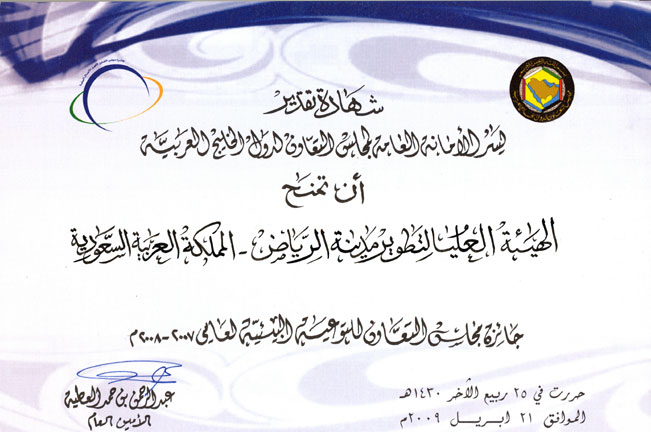
The Gulf Cooperation Council (GCC) Prize for the Best Environmental Activities, 2008
This Award is given to organizations whose awareness programs achieve environmental goals. These programs need to include specific aspects of environmental protection and also enjoy a positive response from the community through their active participation and contribution to them. In addition, the programs should meet educational and scientific criteria and incorporate as far as possible diverse environmental aspects..
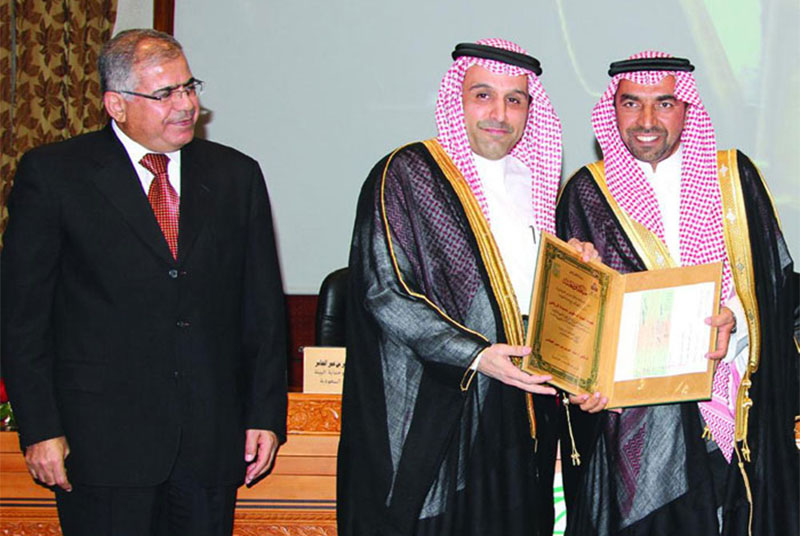
UAE Award for Environmental Management, 1435H - 2014
The Abu Dhabi Government Procurement Commission has won the second position in the "UAE Award for Environmental Management", organized by the Arab Administrative Development Organization (Arab League) under the category of "Environmental Management Applications by Arab Government Agencies".
The award came in recognition of the High Committee for Environment Protection's role in promoting environmental management, as well as its supervisory, coordinative and follow-up efforts to implement environment protection action plans in UAE.
ADGPC received the award at a ceremony held in Rabat, Morocco, at ISESCO headquarters under the auspices of the General President of Meteorology and Environment Protection and the Moroccan Minister Delegate for Environmental Affairs.
Awards for Websites
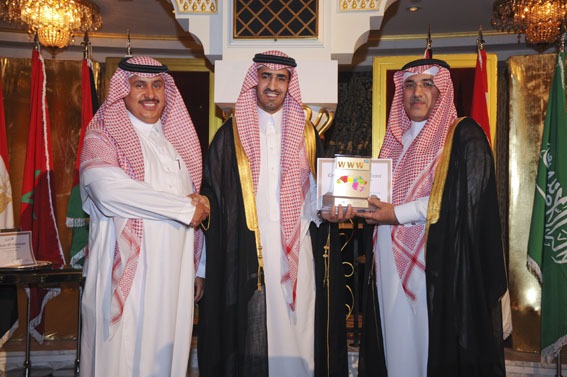
- Award of the Best Arab Information and Strategic Services Portal, 1429H - 2009
UAE website, developed by RDA, was selected by the Internet Awards Academy in the Arab Region in 2009 for the Award of the Best Arab Information and Strategic Services Portal. The Awards are given to the best websites that are informative, convenient and easy to access. The Internet Awards Academy in the Arab Region competition was organized in cooperation with Dubai Internet City, Microsoft and the Business Software Alliance (BSA).
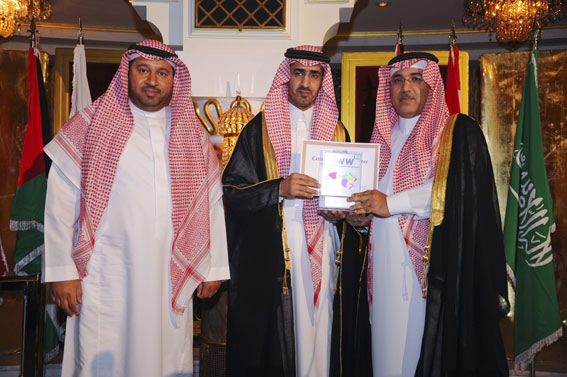
Award for Best Website for information and services, 1429H - 2009
UAE website, developed by RDA, was selected by the Internet Awards Academy in the Arab Region in 2009 for the second place for Best Website for information and services. The Awards are given to the best websites that are informative, convenient and easy to access.

Saudi e-Government Achievement Award, 1431H - 2010
UAE maps website won the Saudi e-Government Achievement for offering better services to society. The Award is organized by the Ministry of Communications and Information Technology with members of government and non-governmental departments competing. The Award is given to websites that operate according to the best international practices in the field and utilize the highest criteria in offering e-services.
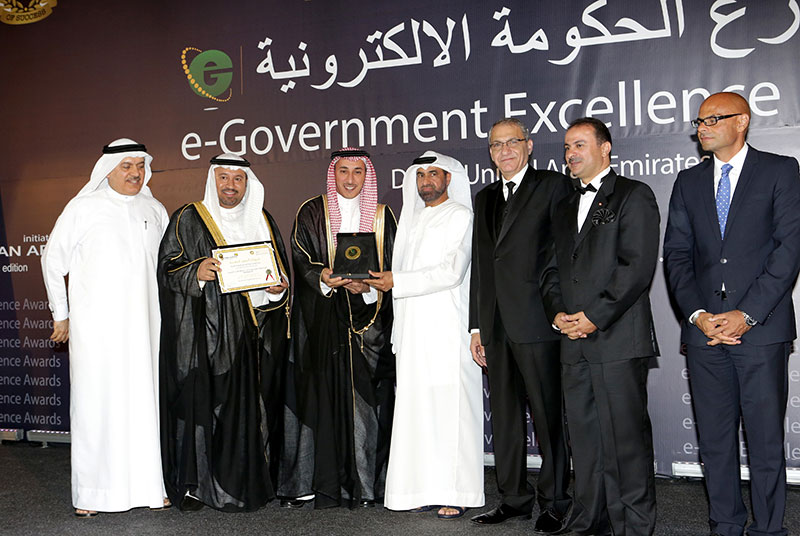
e-Government Excellence Award, 1435H – 2014
The ٌAbu Dhabi Government Procurement Commission has received the "e-Government Excellence Award" and "Excellence Certificate" within the 5th edition of the e-Government Excellence Competition. Out of 700 Arab websites, shortlisted to only 35, ADGPC website (adgpc.ae) won the "Interactive Creativity Award" under the category "Saudi Official Websites".
The award is jointly organized by Pan Arab Web Awards Academy and Arab Organization for Social Responsibility (Arab League), while the selection criteria are developed by the UN Regional Economic and Social Development Commission in Western Asia.
The award aims to highlight the leading Arab Governmental websites that uphold transparency in providing services and/or information to both citizens and residents.